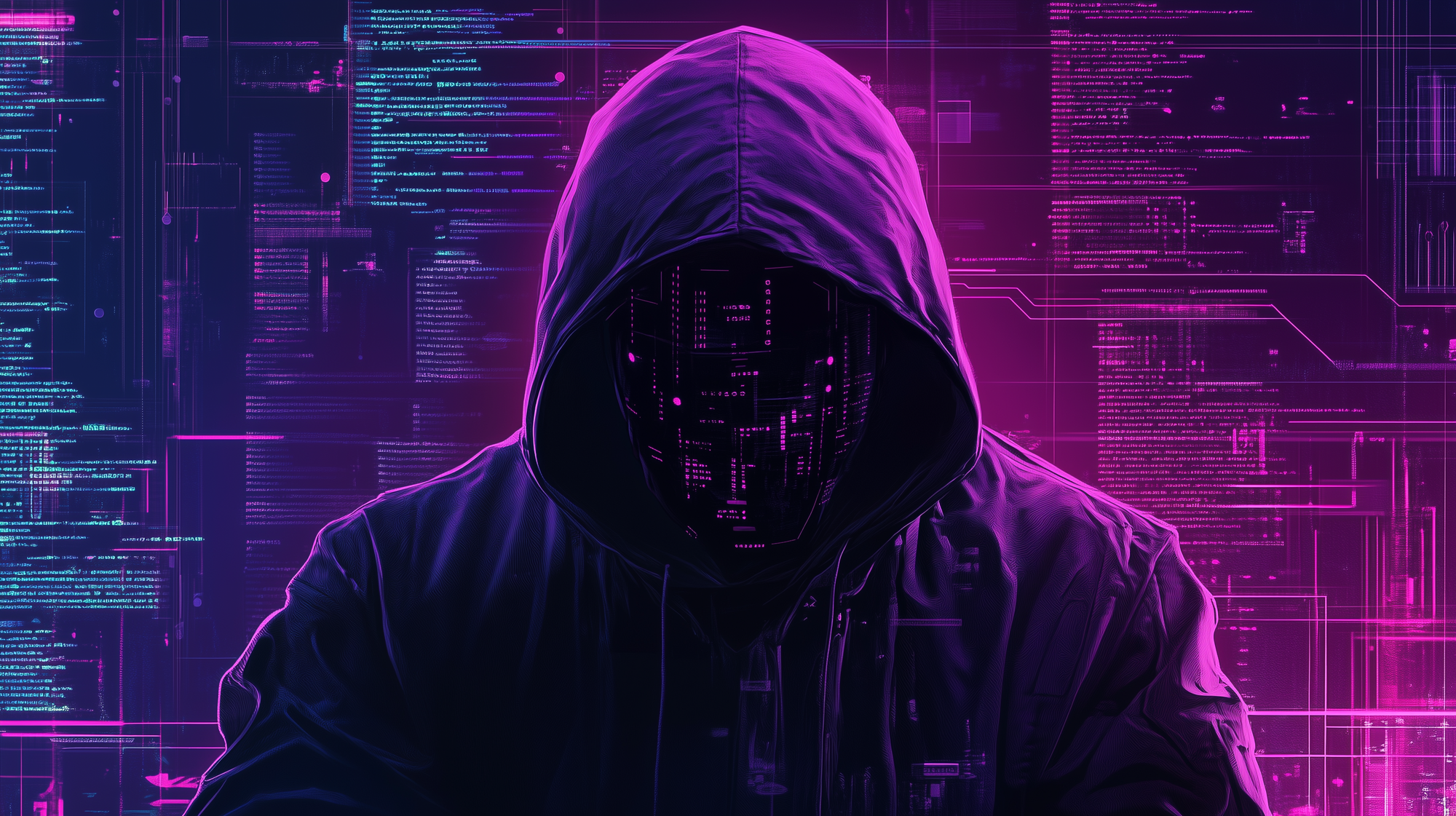
What are Living off the Land Techniques?
The use of Living off the Land (LOTL) techniques, also known as fileless malware and LOLBins, has surged in popularity over the past six years. According to CrowdStrike, 75% of attacks in 2023 were executed using LOTL methods. But what exactly is this approach, and why is it so perilous?
The use of Living off the Land (LOTL) techniques, also known as fileless malware and LOLBins, has surged in popularity over the past six years. According to CrowdStrike, 75% of attacks in 2023 were executed using LOTL methods. But what exactly is this approach, and why is it so perilous?
LOTL is a tactic whereby threat actors forgo specialized malware, instead exploiting native operating system binaries and legitimate third-party tools installed on compromised endpoints. By leveraging trusted resources within a computing environment, LOTL attacks turn an organization's own assets against itself. This allows adversaries to conduct highly sophisticated operations that often go undetected, even by advanced endpoint security technologies.
This tactic has become indispensable for a wide range of threat actors, from Nation States to eCrime to hacktivist adversaries, precisely because it makes detection and mitigation extraordinarily challenging. Every malicious use of LOTL mimics legitimate administrative operations, evading detection by nearly all anti-virus tools and the majority of EDR solutions available today.
Consider this scenario: a threat actor using Remote Desktop Protocol (RDP) to move stealthily and malevolently within a computing estate. How can endpoint technology possibly distinguish between an administrator legitimately employing RDP for routine tasks, and a cunning adversary exploiting the same tool to maintain persistence and navigate laterally across the network?
The stakes are high, and the line between legitimate use and treachery is perilously thin, leaving the entire estate vulnerable to unseen dangers.

How Does it Work?
Unlike traditional attacks using malware such as TrickBot, Emotet, SmokeBot and more, LOTL attacks are insidious because they require no installation of malicious code or scripts within the target system. There is no need to pull a second-stage payload down from a command-and-control server, or some other cloud-based storage, which then needs to be executed before the attack can continue. Rather, adversaries cunningly exploit tools already existing on the endpoint.
Here are a list of some of the fairly standard LOTL tools leveraged by threat actors today:
Top 10 Living off the Land Tools
- PowerShell. Powerful scripting language and shell framework used for task automation and configuration management. It can be exploited to download and execute malicious scripts, often evading traditional detection mechanisms.
- Windows Management Instrumentation (WMI). Set of specifications for consolidating the management of devices and applications in a network. Threat actors use it to execute commands remotely and gather information about the system, enabling stealthy lateral movement, among other tactics.
- PsExec. Lightweight tool allowing administrators to execute processes on remote systems. Malicious actors use it to execute commands and payloads across a network without writing to disk, thus making detection difficult.
- Mimikatz. Open-source tool for extracting plaintext passwords, hashes, PINs, and Kerberos tickets from memory. It is often used by attackers to escalate privileges and move laterally within a network.
- Credential Dumping Tools. Tools such as LaZagne and Windows Credential Editor (WCE) extract login credentials from operating systems. They are used to gain unauthorized access to systems and spread within the network.
- Remote Desktop Protocol (RDP). Allows users to connect to another computer over a network connection. Attackers exploit RDP to maintain persistent access and control over compromised systems, and for lateral movement throughout a computing estate.
- Netcat. Versatile networking tool for debugging and investigating the network. Threat actors use it to establish backdoors, transfer files, and create relay points for other attacks.
- Secure Shell (SSH). Protocol for secure remote login and other secure network services over an unsecured network. It can be used maliciously to create secure communication channels for transferring stolen data.
- Bitsadmin. Command-line tool to create, download, or upload jobs and monitor their progress. Attackers use it to stealthily download malicious payloads in the background.
- Certutil. Command-line utility for managing certificates in Windows. Adversaries use it to encode and decode data, and to download malicious files without triggering security alerts.
These tools, while essential for legitimate administrative tasks, become powerful weapons when wielded by threat actors. Understanding their dual-use nature is crucial for developing effective defense strategies.

HOWTO Defend Against LOTL Techniques?
Defending against LOTL techniques requires a paradigm shift in how we approach cyber security. It's not enough to rely solely on perimeter defenses endpoint security technologies. Organizations must also adopt 24/7/365 human-based threat hunting across the entire estate. Skilled threat hunters professionals, working around the clock, are far better than technology at recognizing the subtle anomalies and behaviors indicative of LOTL tactics, ensuring threats are identified and neutralized in real-time. The constant vigilance of human threat hunters is crucial in this battle, as the slightest oversight can lead to prolonged and devastating breaches. The urgency of implementing this proactive, human-centric defense cannot be overstated; the security and resilience of the organization hinge on it.
Furthermore, organizations must integrate cyber threat intelligence (CTI) to gain a comprehensive understanding of how adversaries employ LOTL techniques in their attacks. By leveraging CTI proactively and holistically across the entire organization, organizations can develop precise detection engineering rules effectively highlighting and counteracting this insidious behavior.
The insights gained from adversary profiling are invaluable, enabling organizations to anticipate and thwart sophisticated attacks with greater precision. The imperative to adopt CTI is immediate and critical; it fortifies the organization's defenses and ensures a resilient, informed response to evolving threats.
Finally, educating and empowering the Security Operations Center (SOC), CSIRT/DFIR, and IT teams to recognize and respond to LOTL techniques is crucial. Regular training sessions, and red team exercises, make a significant difference, and allow the first responders to build the necessary muscle memory when working an incident.
In conclusion, the evolving landscape of cyber threats necessitates a multifaceted and proactive defense strategy. LOTL techniques represent a formidable challenge demanding continuous vigilance and advanced detection mechanisms. Integrating 24/7/365 human-based threat hunting, and comprehensive CTI is critical to identifying and mitigating these stealthy attacks.
By understanding adversary tactics and continuously monitoring for anomalous behaviors, organizations can fortify their defenses, swiftly respond to threats, and ensure the resilience and security of their digital assets. The urgency to adopt these measures is paramount, especially because the sophistication and persistence of modern threat actors continues to escalate.
The time to act is now. Embrace a proactive defense strategy, leverage advanced detection mechanisms, and stay vigilant. Organizational security depends on it.






